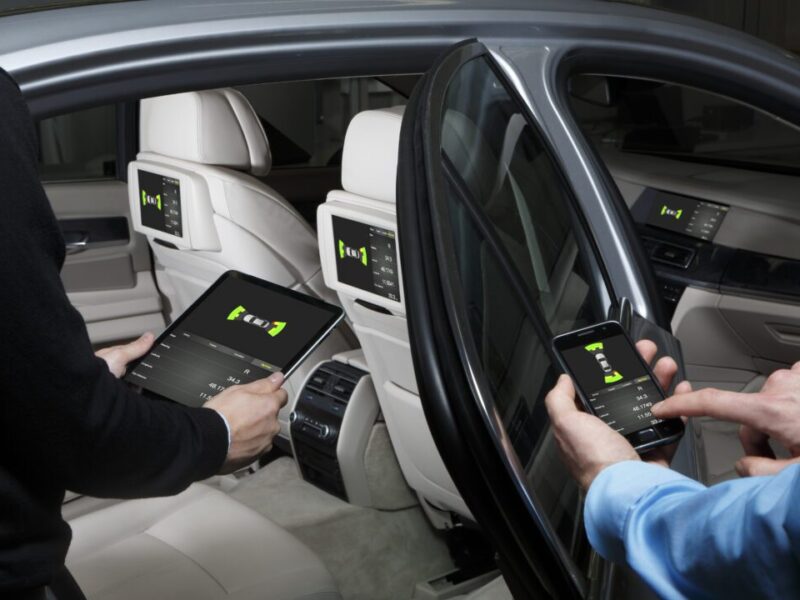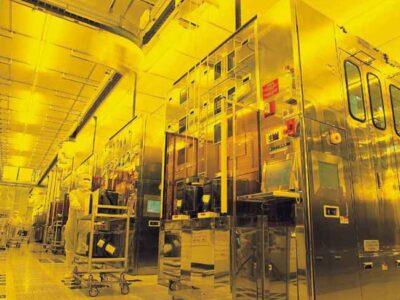
BMW drives Connected Car into the cyberspace
Cloud computing provided the inspiration for the webinos project. The World Wide Web already provides an impressive example of how documents and information can be successfully exchanged across the boundaries between different devices with the help of open source standards. Webinos applies the same approach to applications. By creating purpose-designed web browser add-ons and defining suitable communication standards, webinos demonstrates how the browser can evolve into a shared web application platform. The research work is focusing on the development of both communication mechanisms between the devices as well as the necessary browser interfaces for web applications.
To enable secure data exchange, webinos relies on the concept of “personal zones”. A personal zone comprises all of a user’s devices, and centres on a personal zone hub that works like a kind of telephone exchange. The hub knows what the individual devices are, which applications are installed on which device, and also which services they each support. Users can configure and adapt their personal zone on a special website. Special privacy settings are designed to ensure that applications are only able to make use of enabled data and services.
A web browser can be used to execute webinos-enabled applications. Web applications can access the services within a personal zone by means of a special browser add-on. The new interface builds on the trend first started with HTML5 of using the browser as an application platform.
In the research project webinos, 22 service components have been developed for accessing device functions. These cover both universal functions and the specifics of the smartphone, PC, TV and vehicle devices addressed in webinos. For the in-vehicle integration the Vehicle API (that allows access to the vehicle-specific data), the Geolocation API (that can be used to obtain data on speed and GPS location) and the Device Orientation API (that comprises data on both lateral and linear acceleration) are the most relevant components. The Geolocation API and the Device Orientation API are both standards of the World Wide Web Consortium (W3C). A wealth of data can be made available by means of just these three packages. This makes it possible to access parking sensor information, average speed and fuel consumption readings, as well as light and windscreen wiper settings, and also relay information on the current gear. Customers could use webinos-enabled applications to call up their vehicle’s current fuel level on their smartphone or TV, for instance. Conversely, the technology also makes it possible for them to access their smartphone’s or PC’s media library from the comfort of their car.
In a research prototype the complete onboard computer display appears in the browser with HTML5 and the webinos add-ons. Thanks to the new interfaces in webinos, the Park Distance Control function can also be visualised in the browser.
More than 20 partner entities are collaborating in the webinos project. Among them are BMW’s research arm BMW Forschung und Technik, Istituto Superiore Mario Boella, the National Technical University of Athens, Politecnico di Torino, Samsung UK, Sony Ericssson, Telefonica, the University of Oxford, and W3C. The project has been funded by the European Commission as part of its 7th Framework Program. At the Communication World trade fair that took place this week in Munich, the project partners demoed a prototype.
 If you enjoyed this article, you will like the following ones: don't miss them by subscribing to :
eeNews on Google News
If you enjoyed this article, you will like the following ones: don't miss them by subscribing to :
eeNews on Google News



